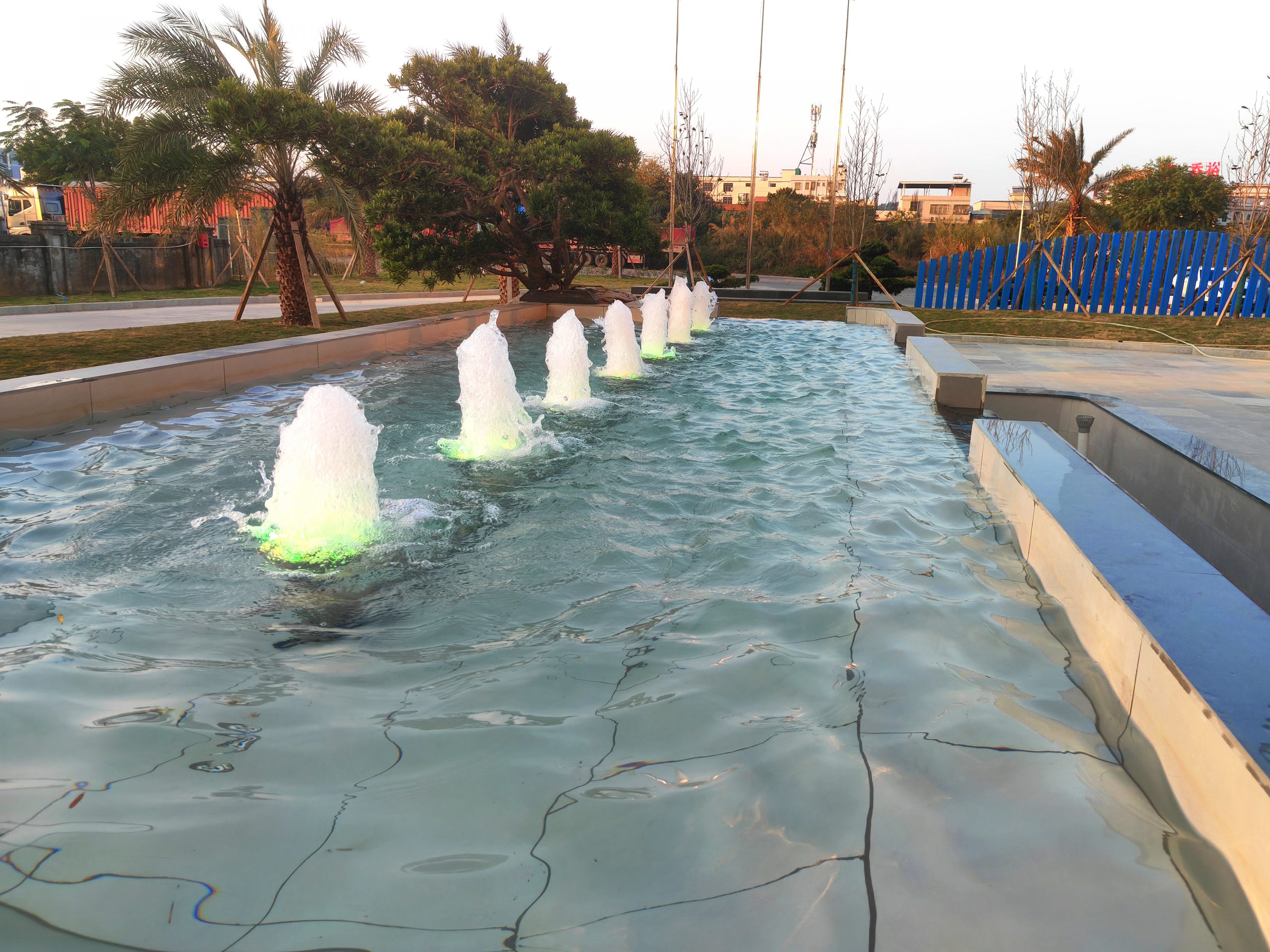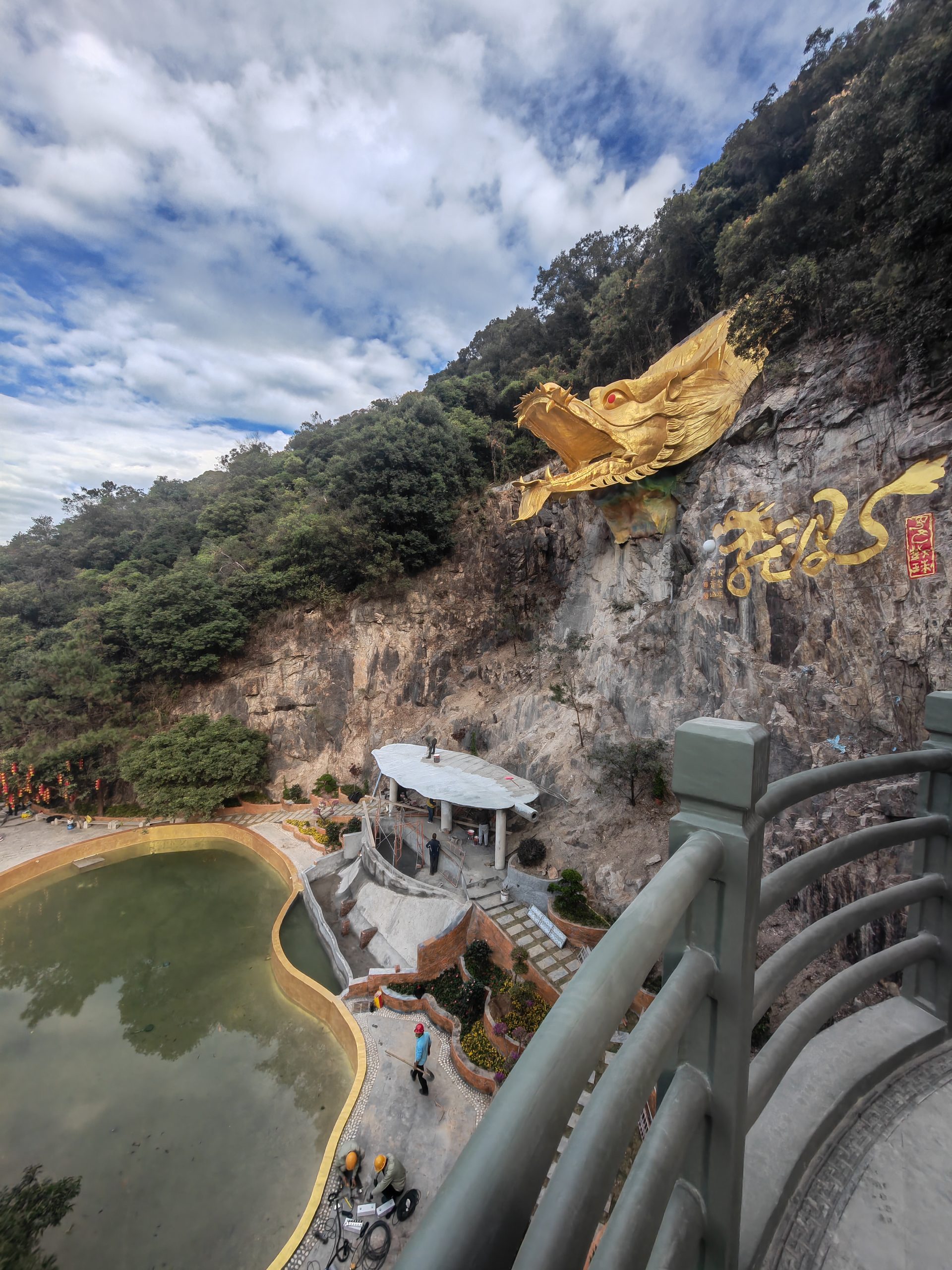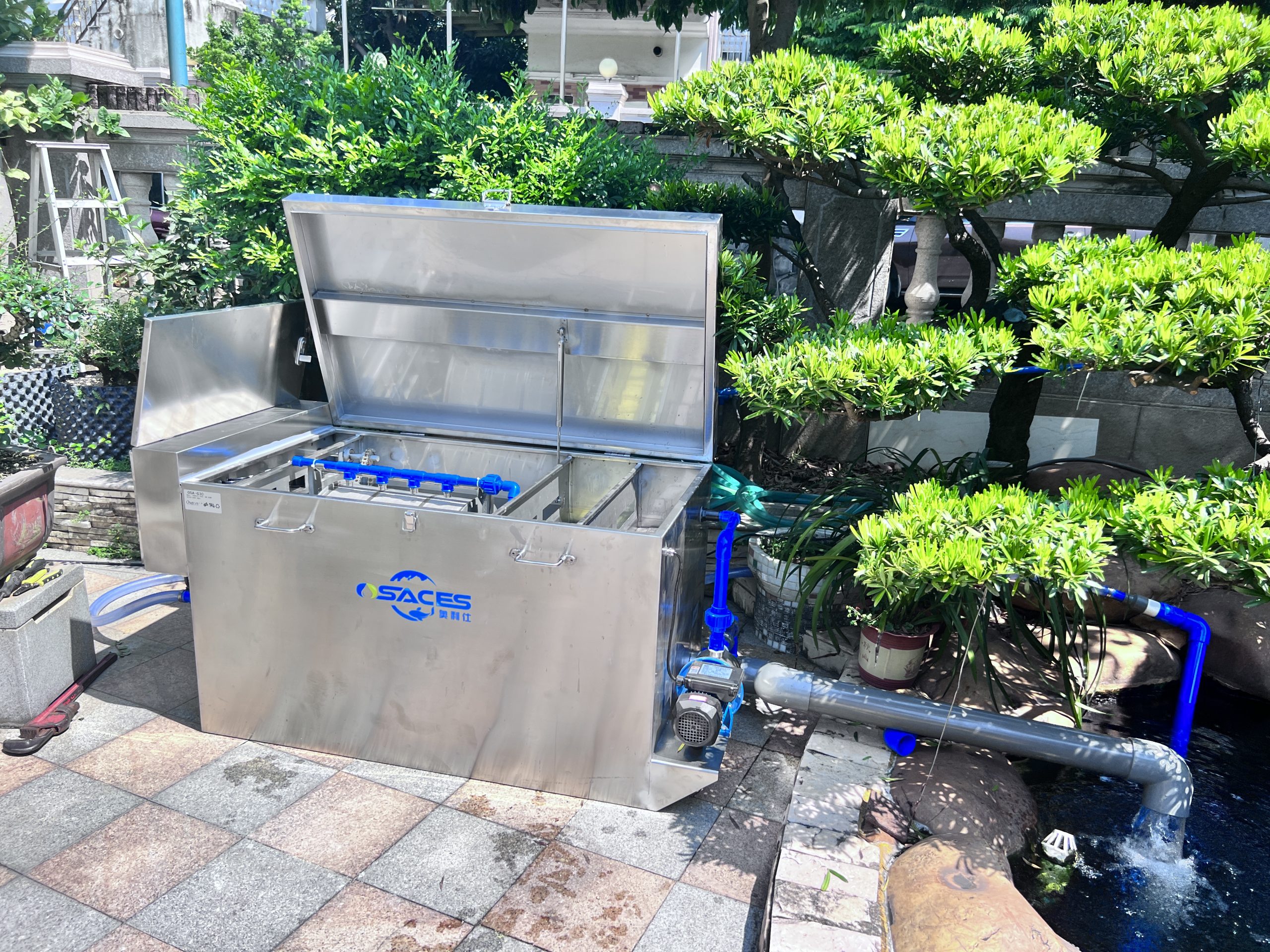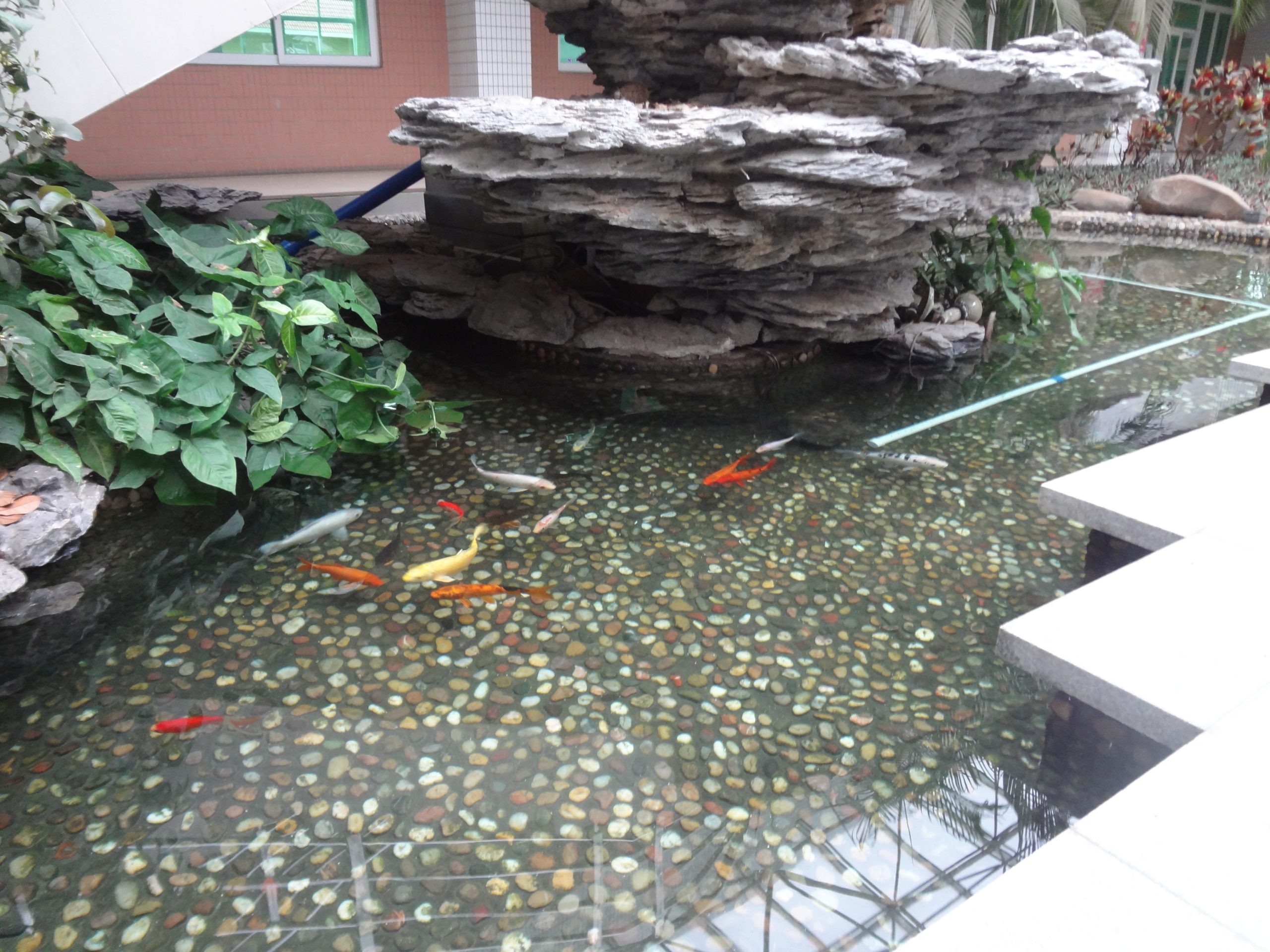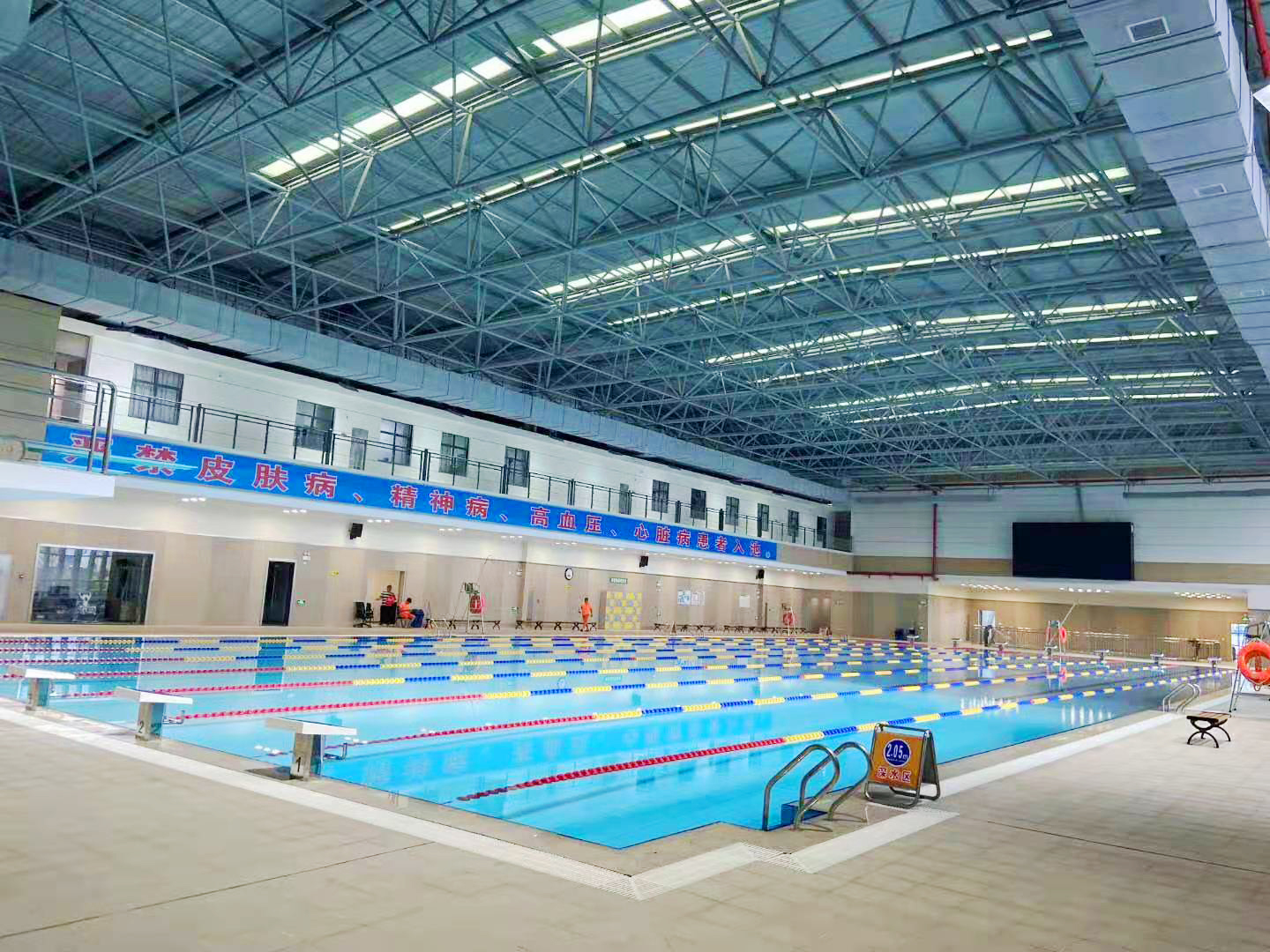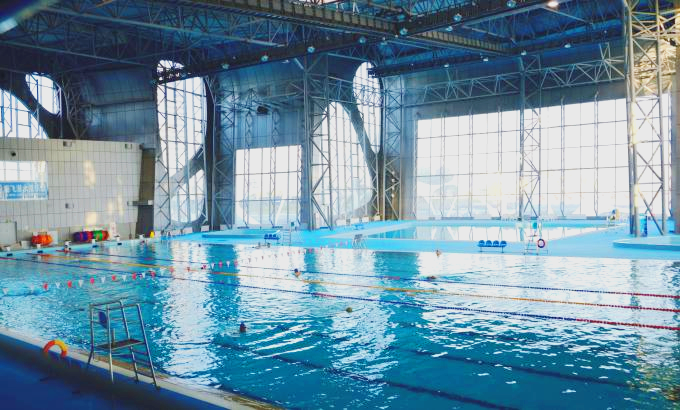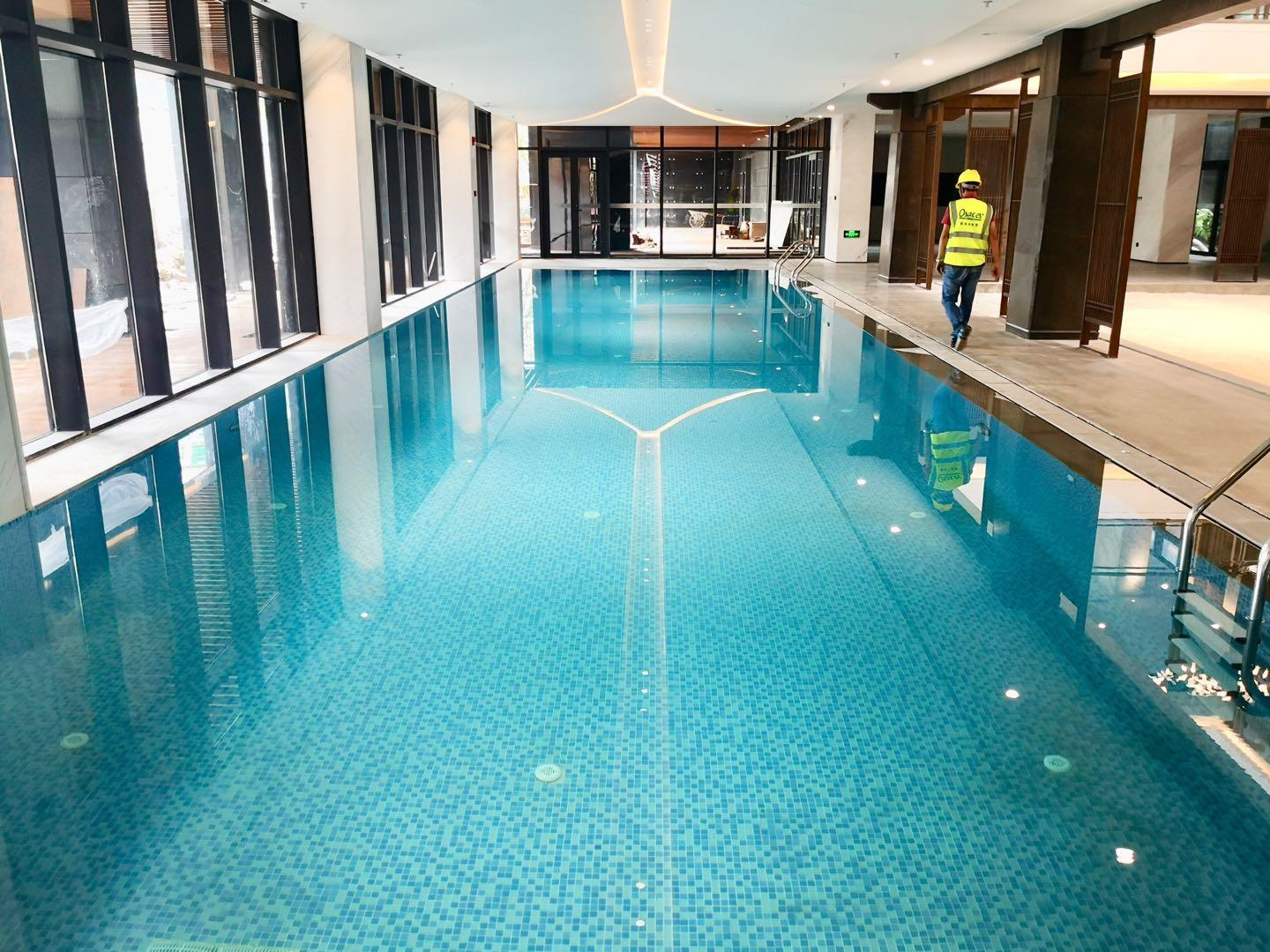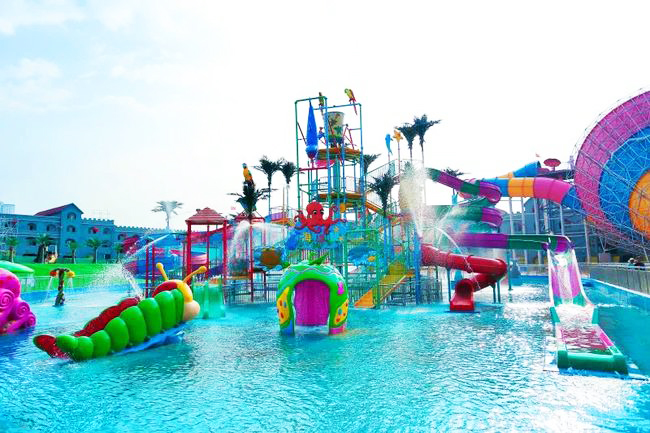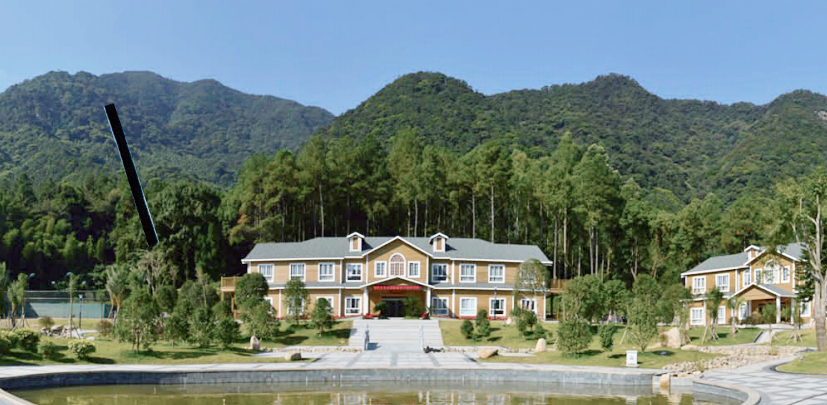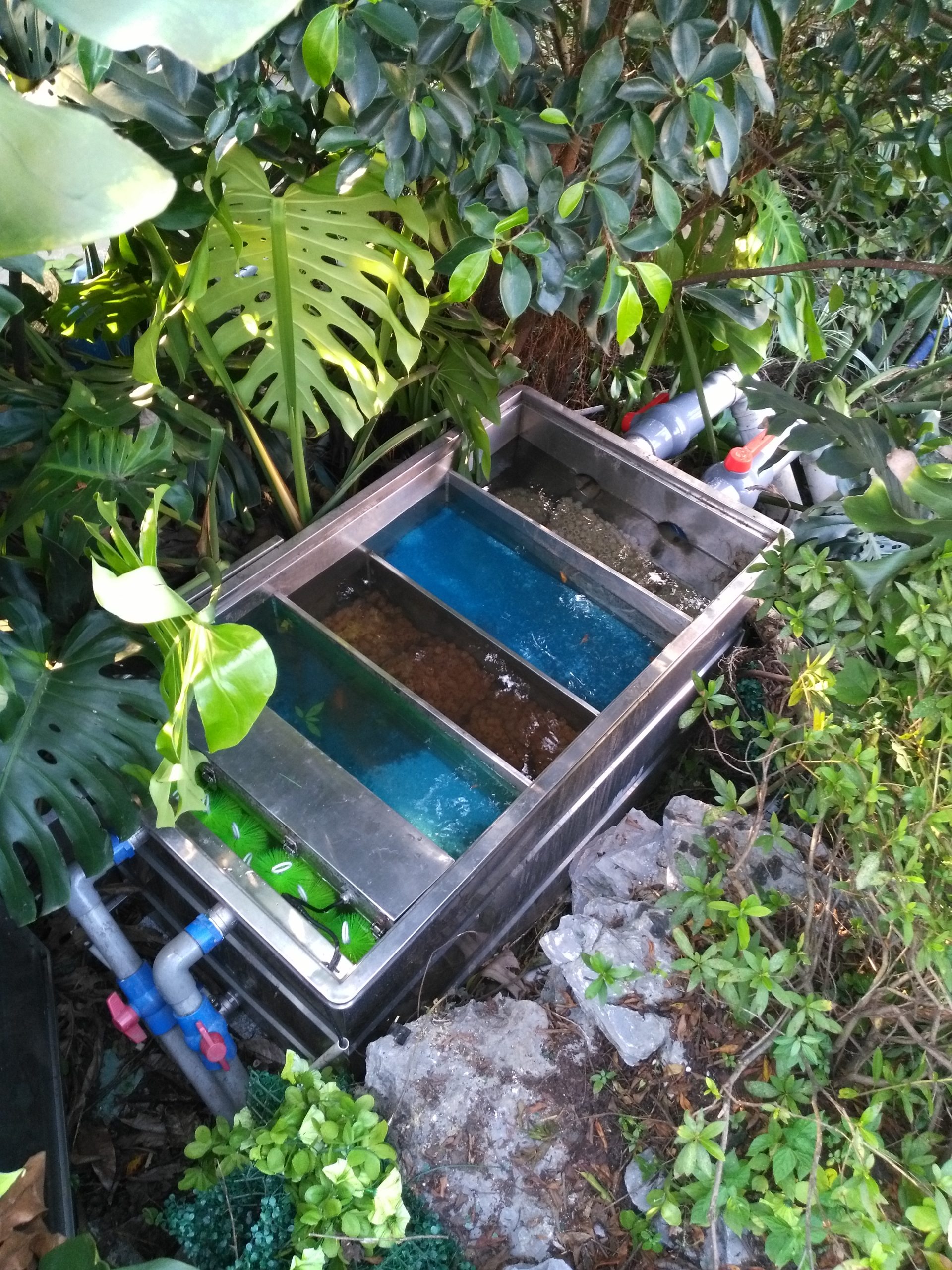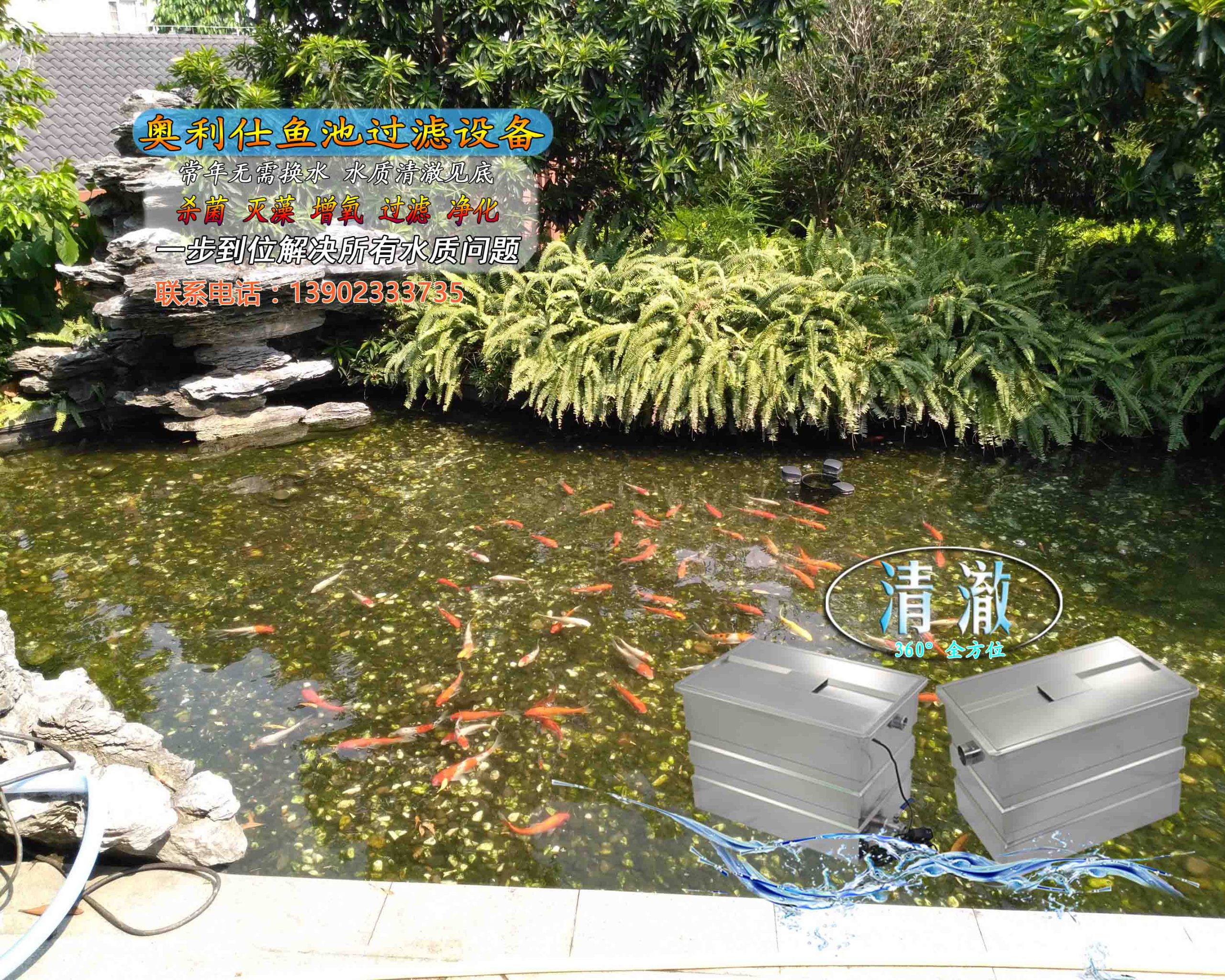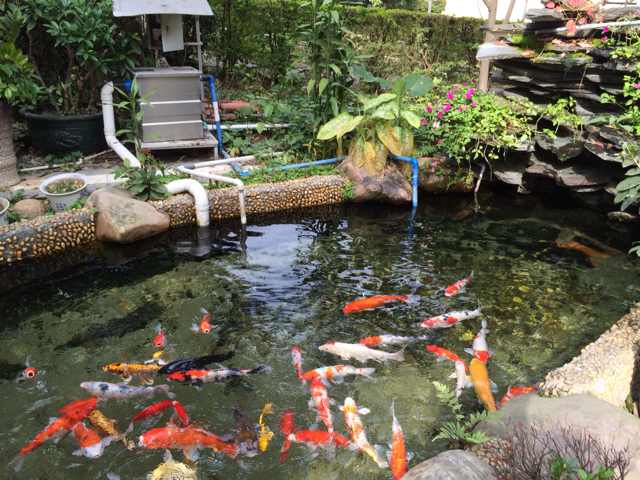common problems
contact details
 Ollies (Guangzhou) Recreation and Sports Equipment Co.
Ollies (Guangzhou) Recreation and Sports Equipment Co.Tel: (020) 82686289
Fax: 020-82694853
Headquarter: No.31-37, Xincun 2 Road, Shangjiang North Street, Dongzhou Village, Xintang Town, Zengcheng City, Guangzhou, Guangdong, China
Some considerations for newcomers to koi keeping (I)
Some considerations for newcomers to koi keeping (I)
1When does a new filter tank do its job?
Q: I built a new filter tank and put biochemical cotton in it to start the cycle, but the pool water never gets pretty, how long do I have to wait?
A: If it is physical filtration, chemical filtration, or plant filtration, the filter tank can function on the same day. But if it is biological filtration, it will take some time to fully utilize its function. The specific time varies from pool to pool, and it is related to the water temperature, the type of filter material and the method of configuration, the amount of water holding, the capacity of the bio-tank, the number of tails stocked, the amount of feeding, the number of cycles and the amount of dissolved air. So, it takes a month for early, usually2months to4months or so.It is recommended that you add biochemical filter media (such as activated carbon, coral stone, ammonia-absorbing stone, ceramic ring, volcanic stone, etc.) along with biochemical cotton filtration, and also add a variety of beneficial bacteria (such as eco-liquid, nitrifying bacteria, etc.).
2Do disinfectants used by humans work on koi injuries?
Q: Will the liquid antiseptic we use for cuts also work for koi injuries?
A: Liquid topical applicators for humans include iodine, povidone iodine, and a variety of others, and these are also effective for injuries to the surface of the koi body. Apart from ordinary injuries, they can be used for disinfecting insect bites, minor bacterial ulcers, partially standing scales, and the early stages of perforation disease. It's just that, as has been mentioned before, getting koi out of the pond for treatment needs to be done after they have acclimatized to some degree. If you start treatment without thinking, you may cause more damage. If you know this before you act, just pay attention to the following three key points.
Quadrangular pots are better than round ones.Put the fish in a measuring tub or a four-cornered box like that in which you keep your clothes; if it is a round tub, the fish will escape by stabbing and slithering, and it is not conducive to medicating.
Keep the water in the basin as little as possible.The water inside the basin should be as little as possible, just enough to soak the carp's gills so that it can breathe. This willto control carp activity, see the condition of the affected area clearly and also easily turn it over.
The rubbing motion should be numb and deep into the affected area.The remedy is applied with a spray, and the movements should be as numb as possible, but also allow the remedy to penetrate deep into the affected area.
3Why can't I feed my koi before moving them?
Q: Koi must stop eating before moving. Why is this??
A: Stopping feeding can also be called "hanging water". Koi that are not well hung are particularly sensitive to movement. If they are transported to a faraway place without stopping feeding, the skin of the koi will become congested and the eyes will protrude........It's just that these symptoms are pretty good, and there are quite a few instances of deaths, so it's an absolute must when stopping feeding before moving.
So why must you stop feeding before moving??If you put food in a plastic bag while there is still food in your stomach, the koi itself uses a lot of oxygen to digest the food, and not only that, but the carbon dioxide will also increase. Also, the feces and urine produced by the koi will deteriorate the water quality. In other words, the probability of hypoxia, gas poisoning and ammonia poisoning is high.
There is also the possibility of motion sickness if the koi wiggles around on a full stomach.
It is also because the movement puts pressure on the koi, making the intestines function poorly and sometimes not even function. In this way, there are dangerous situations such as the decay of the intestinal residue, the harboring of bacteria that can then travel throughout the body through the blood vessels, or the retention of gases in the body that compress the internal organs. The above describes the various cases and their inferences, before moving5~7Please be sure to stop eating on days.
Note: It is also possible for koi to eat green algae in the pool after stopping feeding, so that they have not stopped feeding in the true sense of the word. By stopping feeding I mean that they are allowed to empty their intestines completely, so find a way to use a prep bowl if there is green algae in the pool.
Related content
- Don't let rotting tails affect the koi's aesthetics
- What kind of water is good for fish? Talking more about green water for fish
- What to do if the water in your fish pond is unclear? How to keep the water fresh and clear
- Are you ready for the golden age of koi growth?
- What causes new koi to get sick easily?
- Case Sharing--Foshan Shunfeng Mountain Park 3600 square meters landscape pool purification project
- Case Sharing||Huizhou-- Intelligent Terminal Beidou Industry Production Project Fountain Fish Pond Purification Project
- Guangdong Guanyinshan National Forest Park 300m³ landscape fish pond purification project

